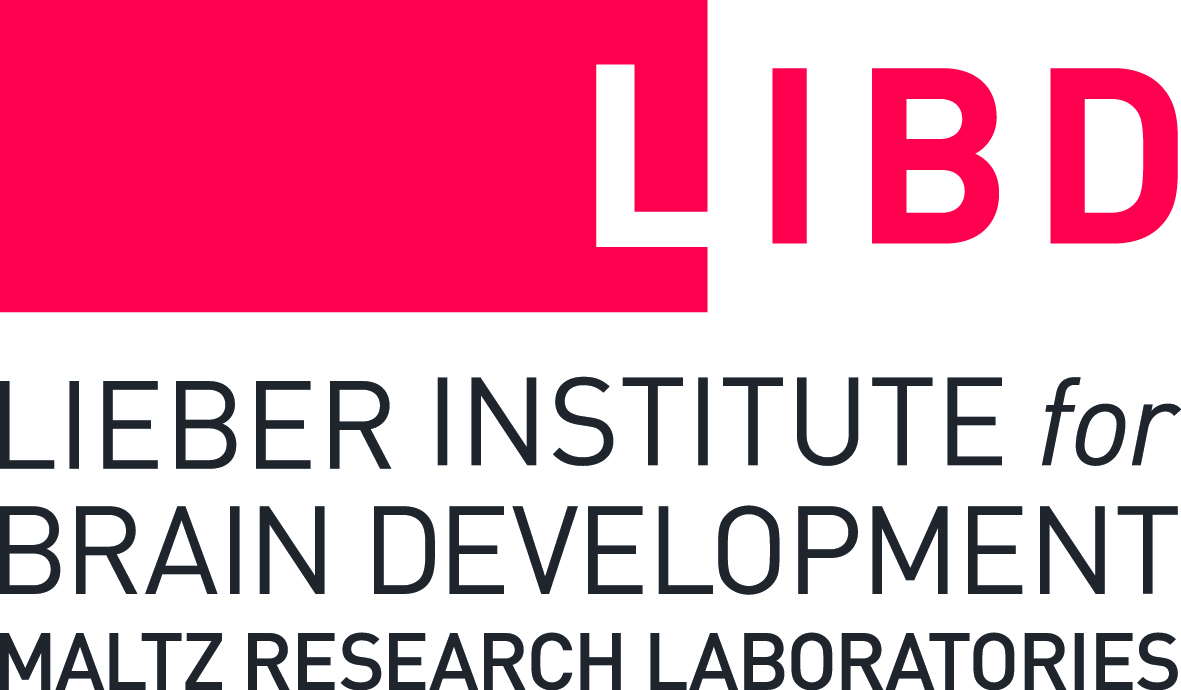Profiling gene expression in the human dentate gyrus granule cell layer reveals insights into schizophrenia and its genetic risk
Authors:
Andrew Jaffe&, Daniel Hoeppner&, Takeshi Saito, Lou Blanpain, Joy Ukaigwe, Emily Burke, Leonardo Collado-Torres, Ran Tao, Katsunori Tajinda, Kristen Maynard, Matthew Tran, Keri Martinowich, Amy Deep-Soboslay, Joo Heon Shin, Joel Kleinman, Daniel Weinberger, Mitsuyuki Matsumoto+, Thomas Hyde+
Abstract
Specific cell populations may have unique contributions to schizophrenia, but may be missed in studies of homogenate tissue. Laser capture microdissection followed by RNA-seq (LCM-seq) was used to transcriptomically profile the granule cell layer of the dentate gyrus (DG-GCL) in human hippocampus, and contrast these data to those from bulk hippocampal homogenate tissue. We identified widespread cell type-enriched aging and genetic effects in the DG-GCL that were either absent or directionally discordant in bulk hippocampus data. Of the ~9 million eQTLs identified in the DG-GCL, 15% were not detected in bulk hippocampus, including 15 schizophrenia risk variants. We created transcriptome-wide association study (TWAS) genetic weights from the DG-GCL, which identified many novel schizophrenia-associated genetic signals not found in TWAS from bulk hippocampus, including GRM3 and CACNA1C. These results highlight the improved biological resolution provided by targeted sampling strategies like LCM, and complement homogenate and single nuclei approaches in human brain.
